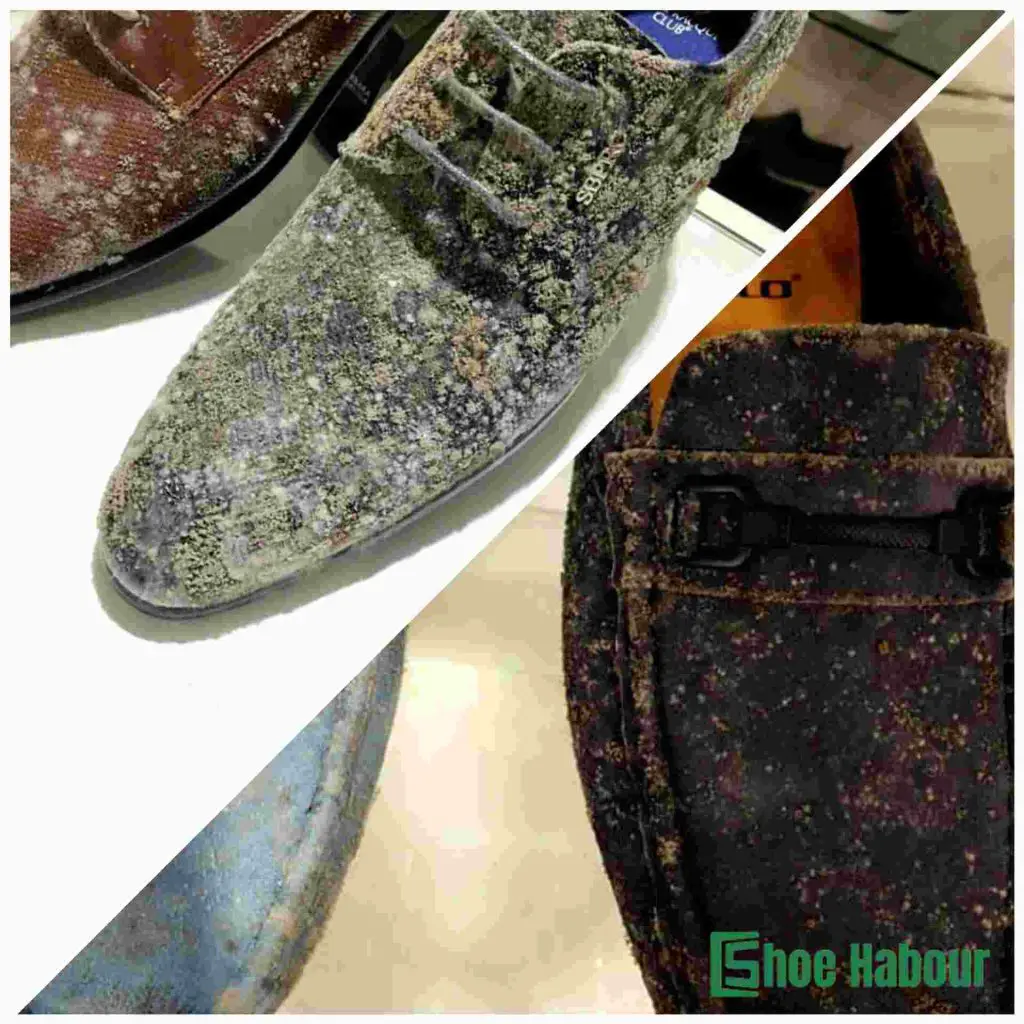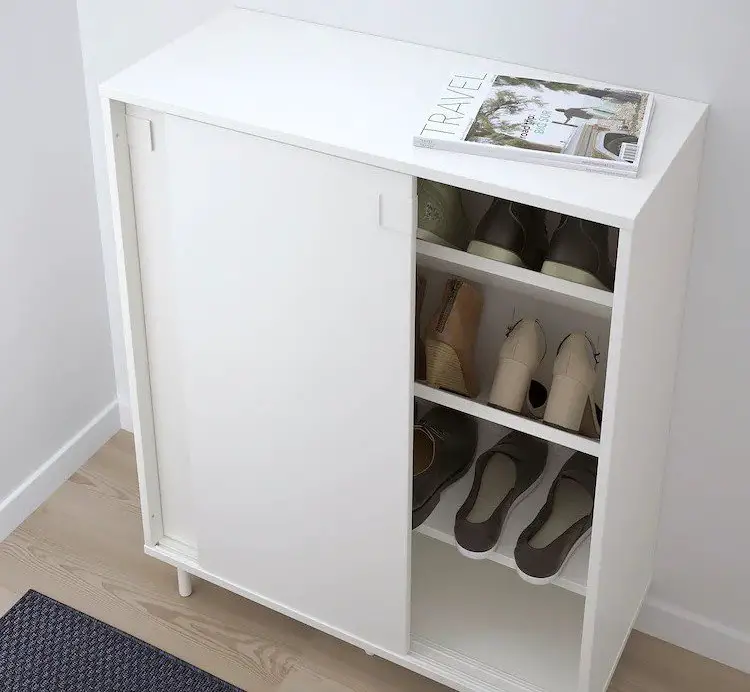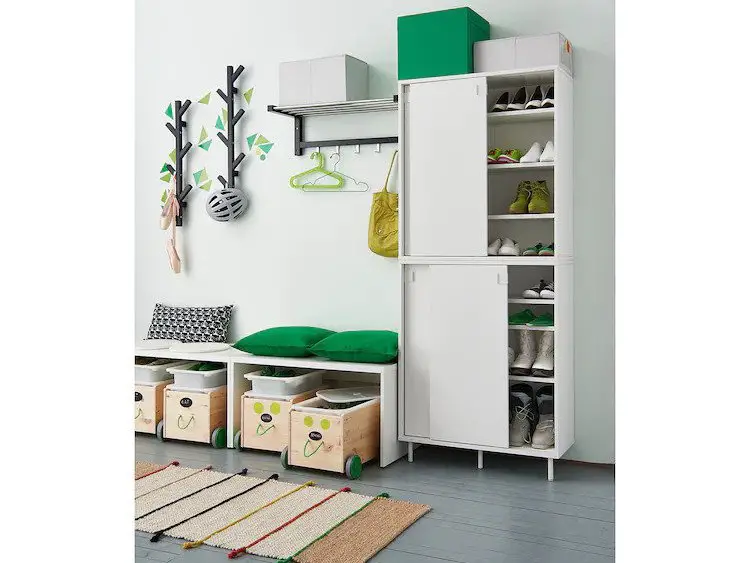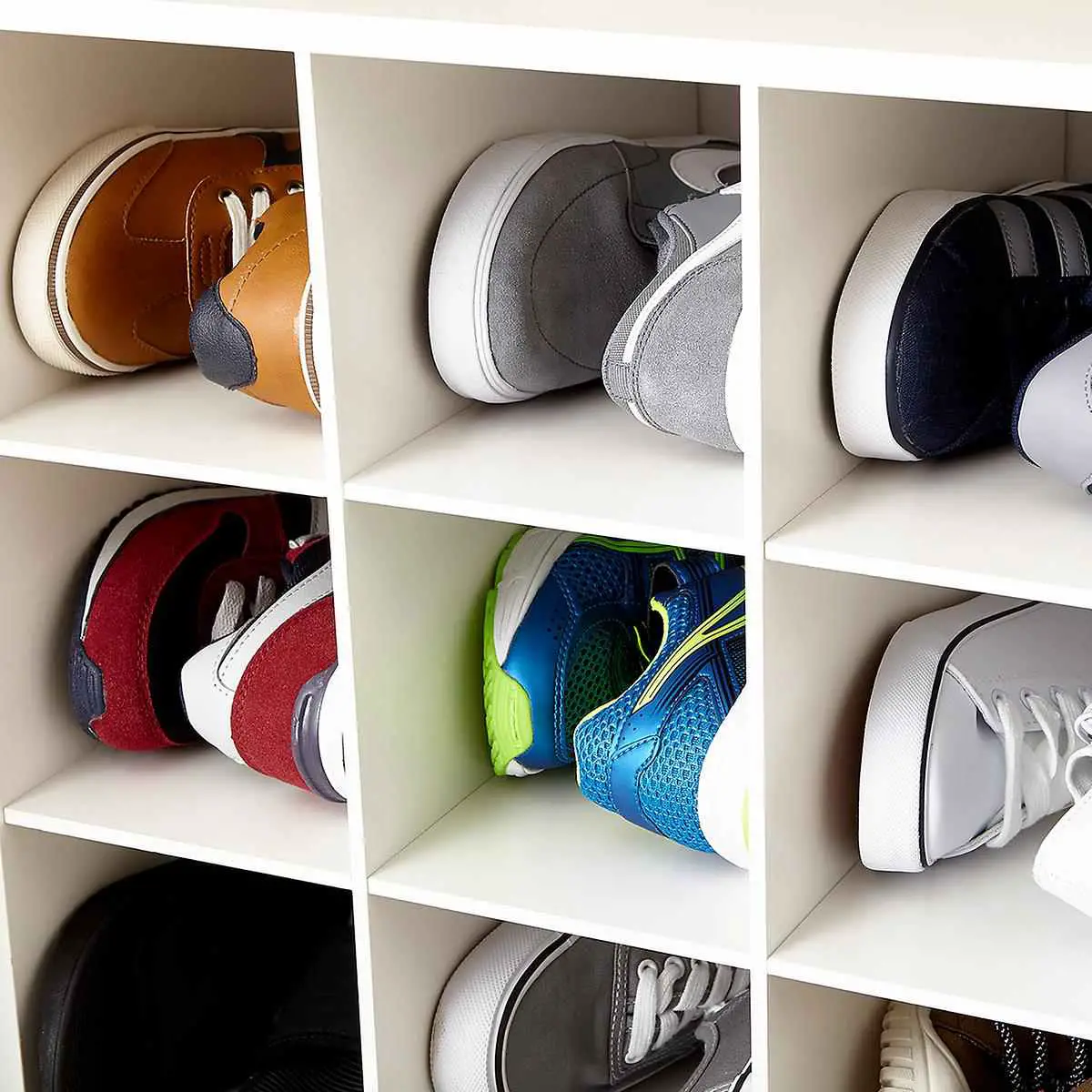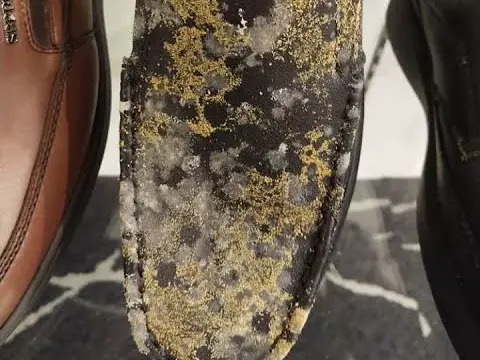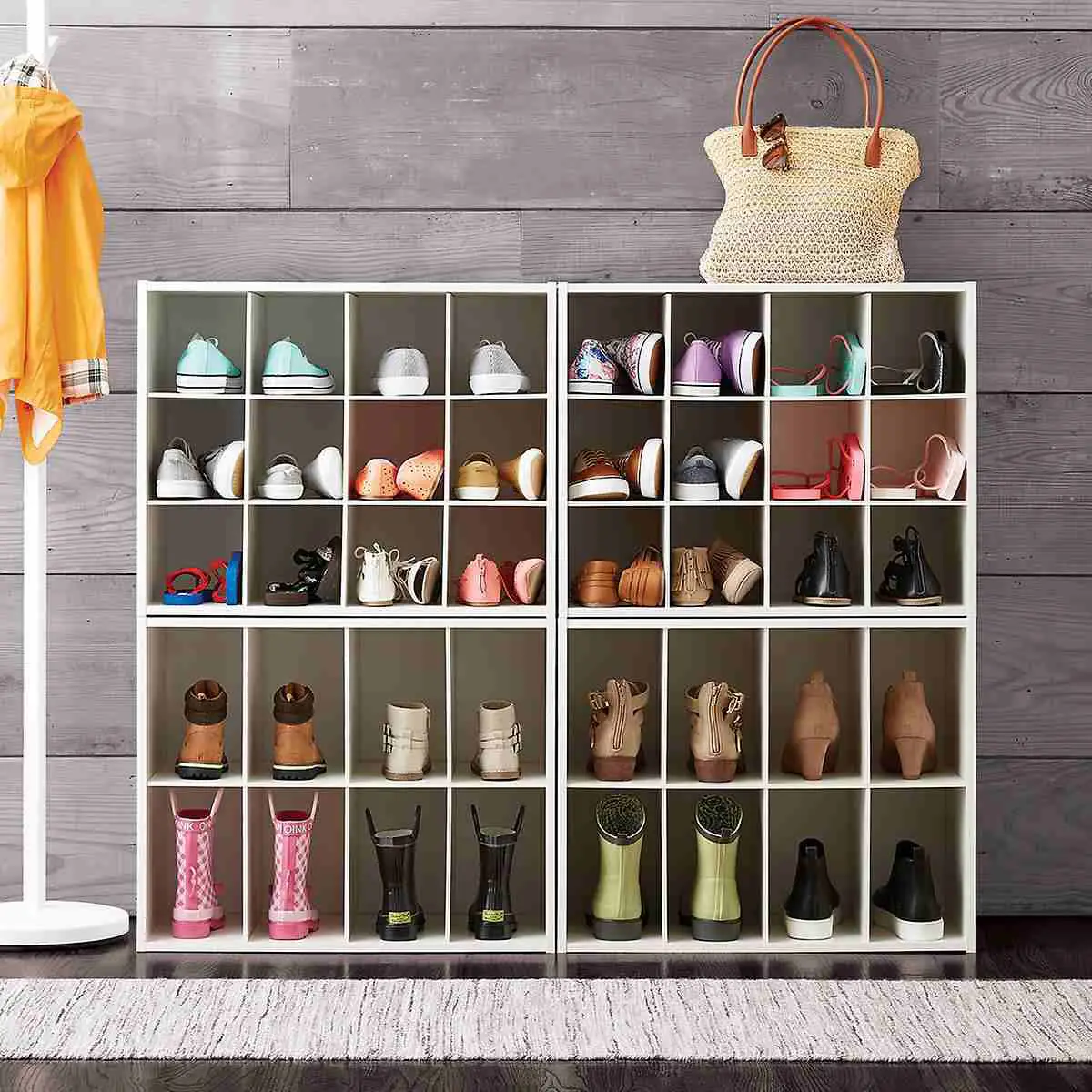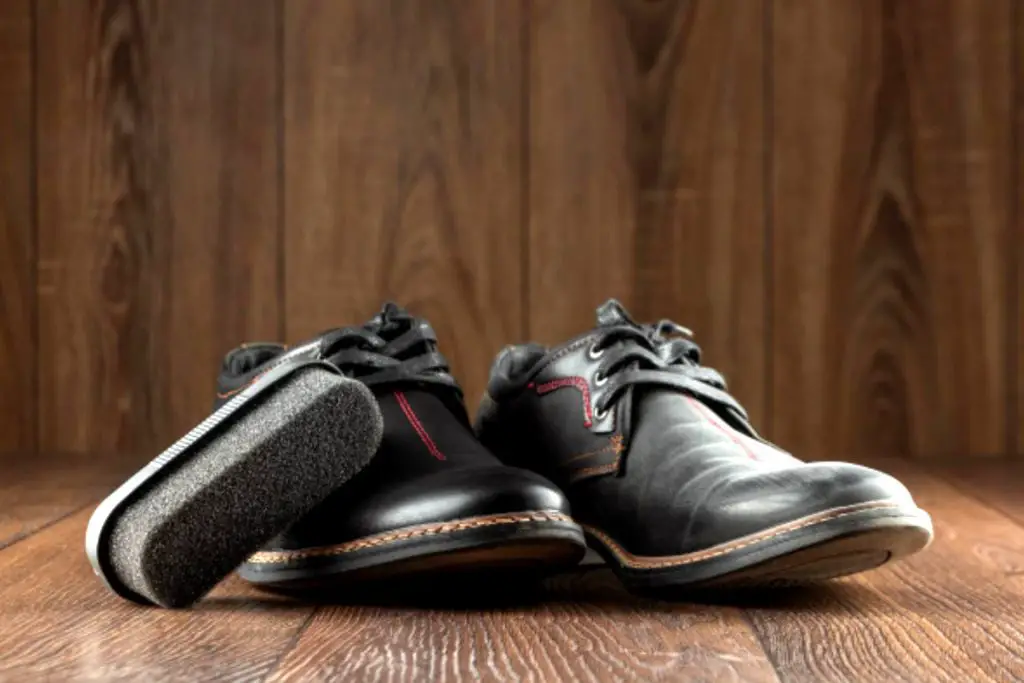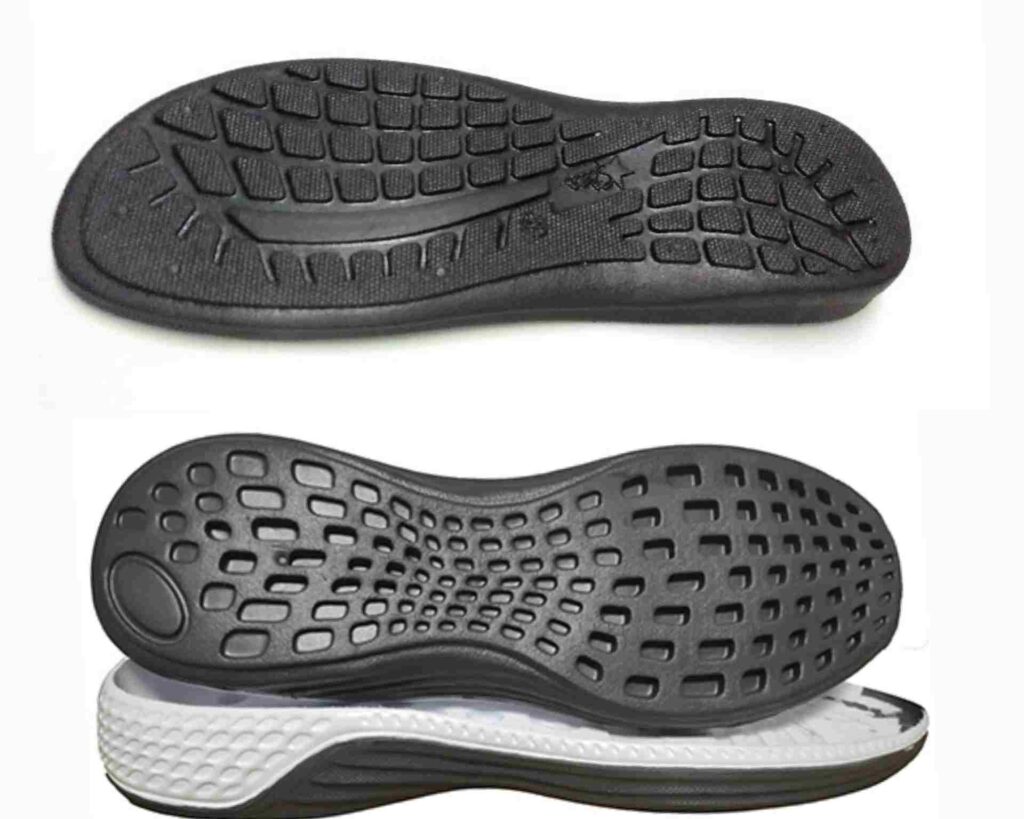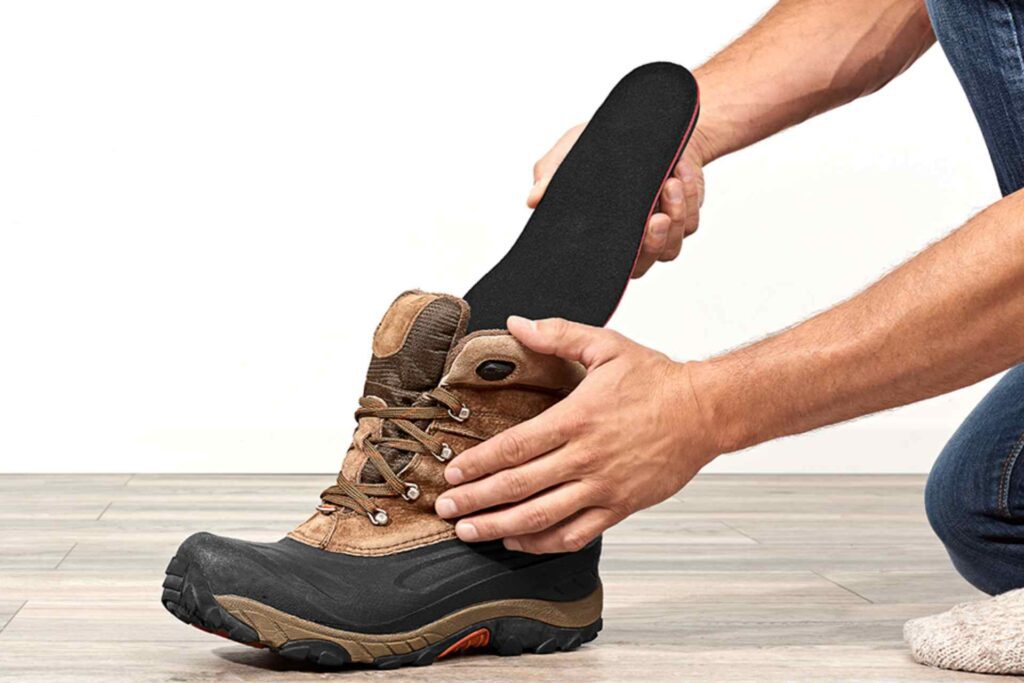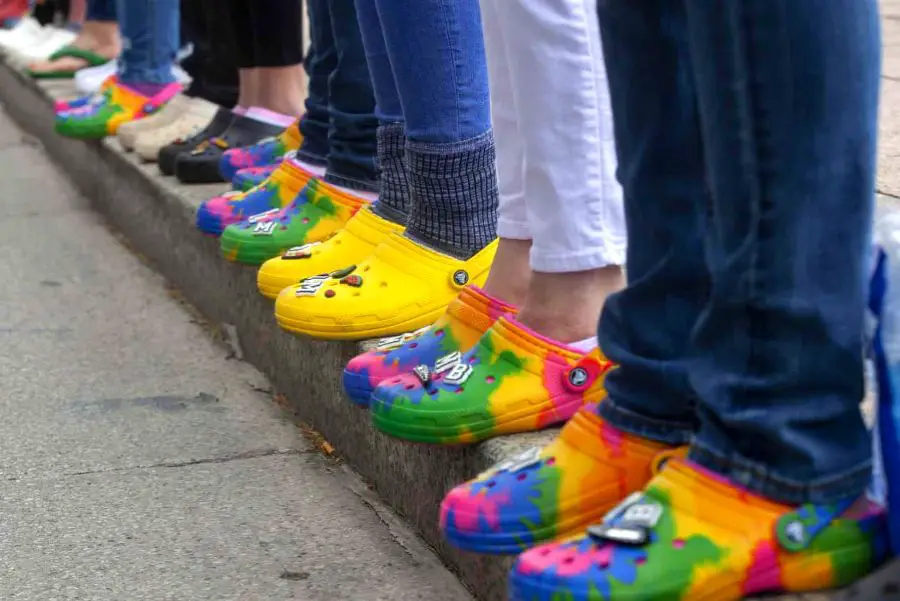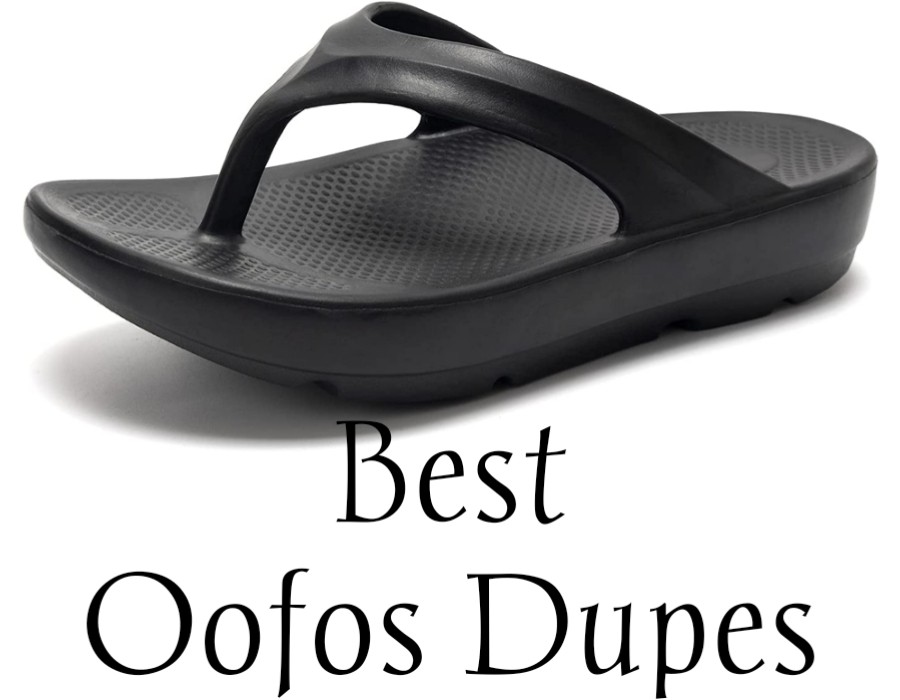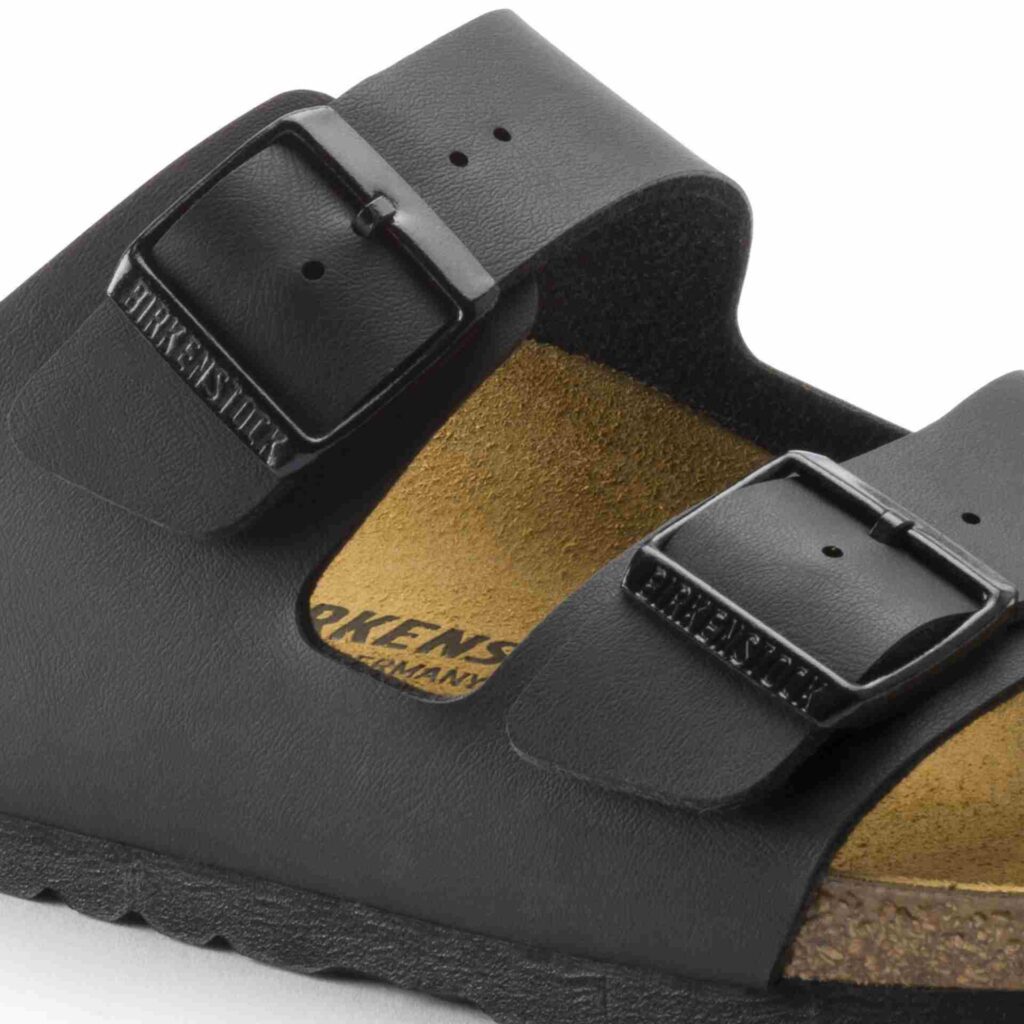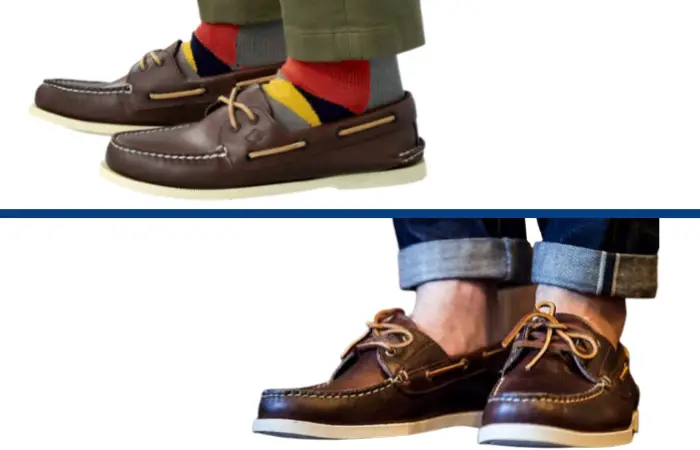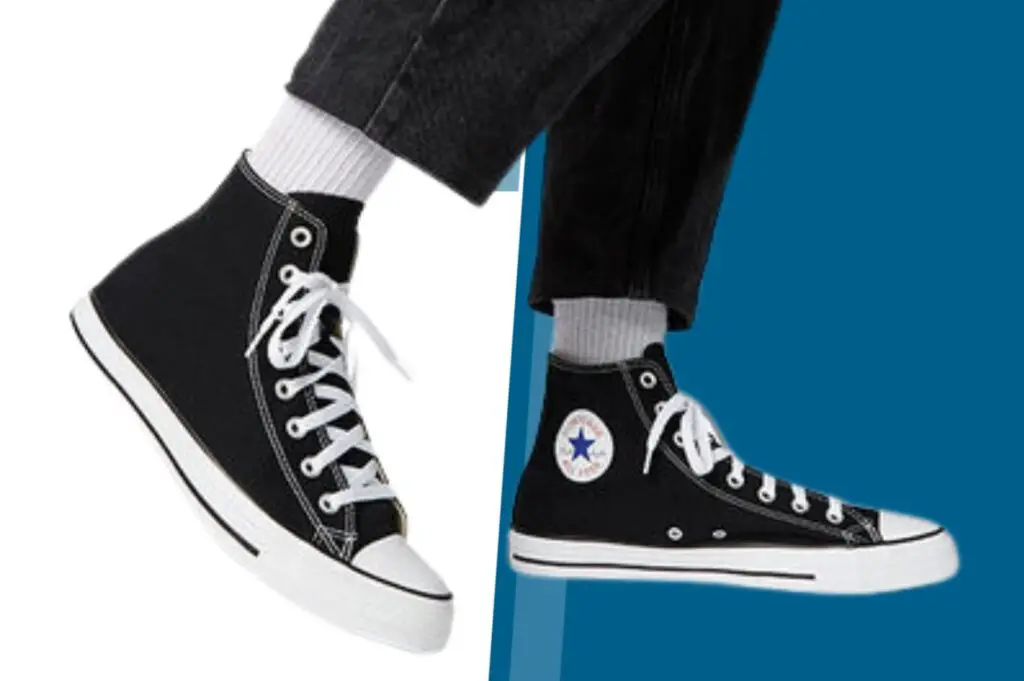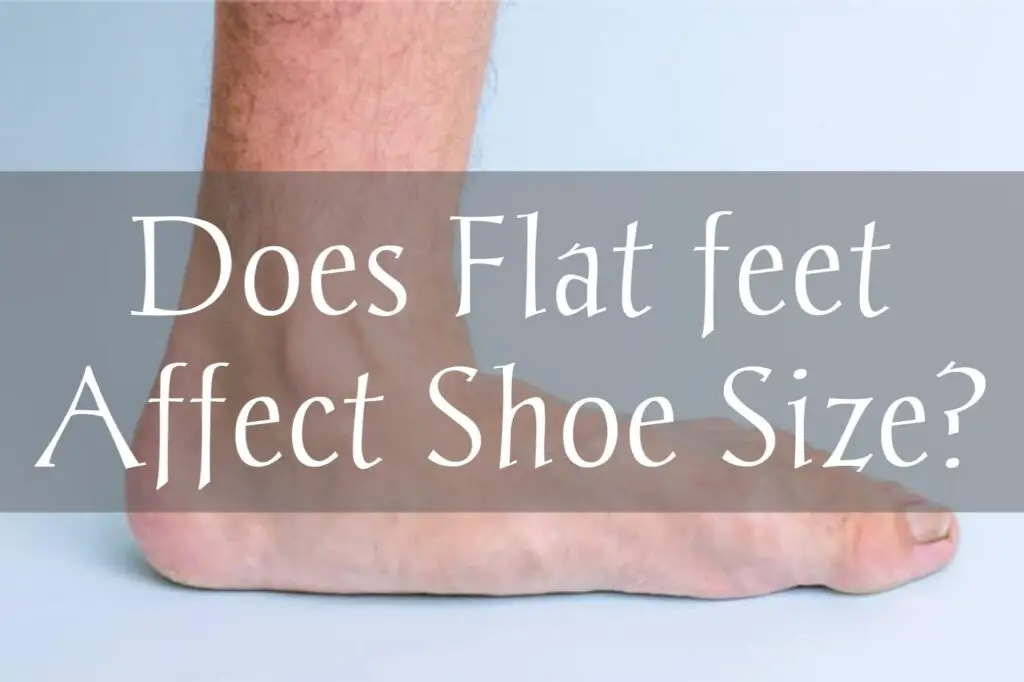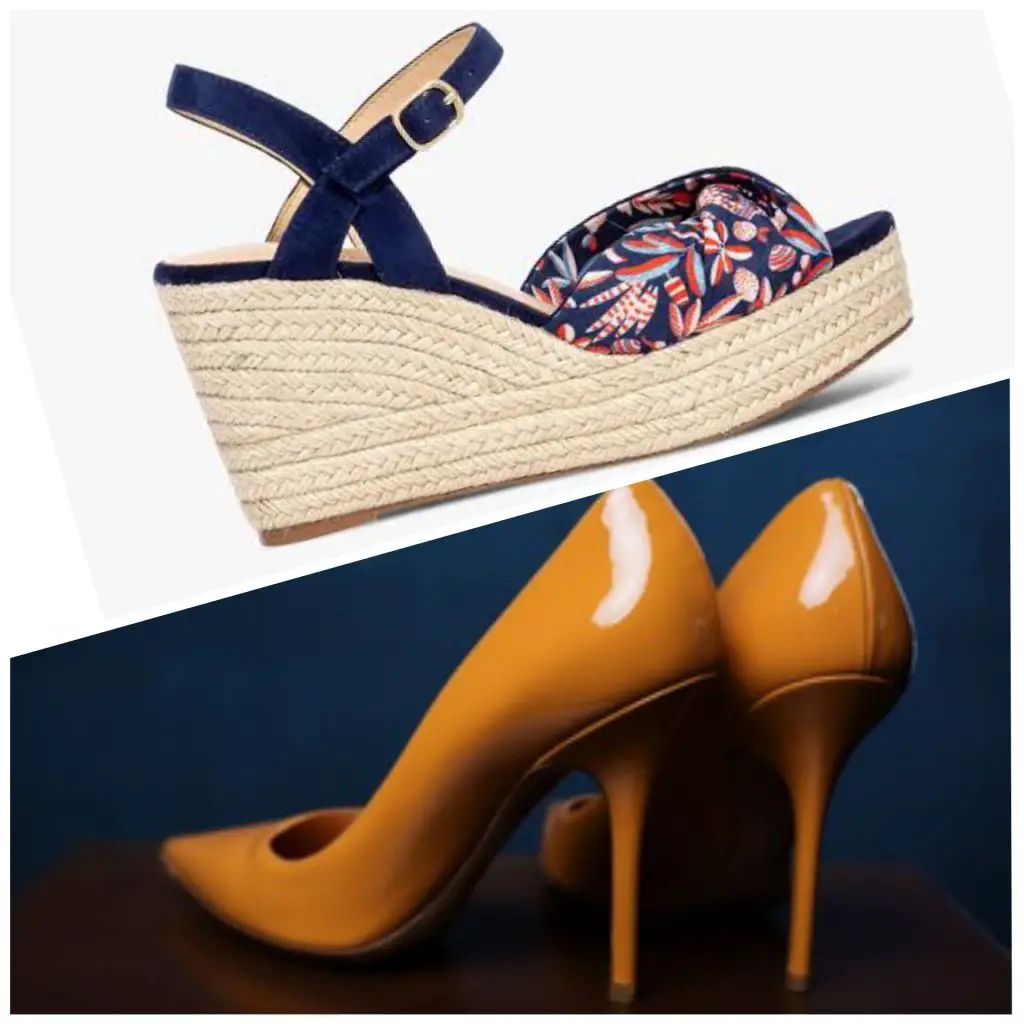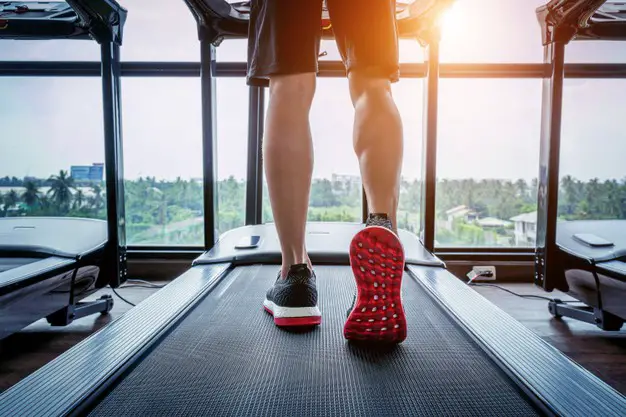Where we store our shoes and how to handle them carefully are very important. Leaving your shoes at the mercy of the cold weather in a closet could grow mold on them.
Mold grows in damp areas secreting spores as it feeds on materials including shoes in a closet. Your primary concern is how to prevent the yield of mold in your shoes.
Mold in shoes does not give a great look. Most people see mold in shoes as a dead end, so they tend to dispose of the shoe.
However, you wouldn’t want to have the same experience with your favorite shoe.
There’s no need to worry. There are few points on how to prevent mold on your shoes listed below.
How to prevent mold growth on shoes
1. Keep your shoes dry
Being caught up by the rain on the road is inevitable but what you do to your shoe once you come back is the point. You let your shoes dry completely before putting them in their rack.
As also supported by Center for Disease Control, mold grows in a damp environment. Leaving your shoes wet in the closet could easily make the spores spread.
Improve the dryness of the closet by using a dehumidifier.
2. Do not put your shoes inside a plastic bag
Most people think that putting shoes in a plastic bag protects them from mold. But plastic bags trap humidity which enhances mold growth. It is advised that you expose your shoe to a dry air closet.
3. Always clean your closet
They said cleanliness is next to godliness but in this case, putting a cleaning routine on your closet keeps dirt out of it. It allows fresh air to enter the closet.
Ensure that you take the shoes out, dust off the dirt from the closet, and allow proper ventilation.
4. Put a light bulb in the closet
The light bulb keeps the room warm and dry, giving no room for mold to grow on the shoes
5. Always keep the closet door closed
Sometimes, the humidity in your room tends to increase, keeping everywhere damp. You are advised to keep the closet doors shut. It will prevent damp or moist air from entering the room.
6. Remove dirty clothes or shoes in the closet
Molds are fungi that love to feed on dirty clothes or food particles. Leaving your dirty clothes in the closet could amount to the growth of mold.
7. Check for a musty smell in your closet
Don’t ignore any musty smell in your closet. This smell may be induced by the presence of mold. So, always check for where the smell comes. Being it from the wall or floor, try to remove it before it gets out of control.
8. Replace your wooden closet with wire
Replacing your wooden closet or shelf with wire causes ventilation which is much preferred and mold-resistant than wood.
You might like some of the options available on Amazon. So, you can check out these classic wire closets.
9. Clean shoes before storing them
The easiest way to prevent mold growth on your shoes is clean them before throwing them in the closet.
Use clean rag and brush to remove dust, dirt, and other contaminants that would introduce mold. From time to time, get those shoes out, clean them again and moisturise before putting them back in.
10. Use silica gel
New shoes usually come with small packets of beads. Those little brown beads are called silica gel.
In chemistry, silica gel is called a drying agent. So placing a pack of silica gel will help to dry out the little moisture left in the closet.
Meanwhile, silica gel is dangerous if eaten. You must handle it carefully especially if there are kids around.
What causes mold on Shoe?
Shoes are prone to mold growth especially when they are kept in a damp area. Mold is a type of fungus that accumulates where there is excessive moisture in the environment or a wet insole.
This moist area of your shoes then creates a perfect niche for the growth of mold on your shoe. Molds at the first stage are invisible.
However, when the cells continue to divide and the mold multiplies, it would become visible to the naked eyes. Then, removing it becomes a tug of war.
I know it is eccentric to wake up one morning and decide to wear a pair of shoes only to see the fuzzy or slimy stain of green, white, black, or blue on your shoe. It could only be possible if you keep your wet shoe in a closet or stored in a damp closet.
Mold growth on shoes can also be caused during the manufacturing process. Sometimes, leathers are not manufactured in one tannery.
The shoes perhaps are tanned in a particular location and get a finishing touch in another. This long process of transportation and storage causes the growth of mold.
How to get rid of mold from leather shoes
Leather shoes are more susceptible to the growth of mold than any other material. With mold on them, they release a pungent smell which I don’t think you would want to have such an experience.
What causes mold on a leather shoe is inadequate storage. Leather shoes are meant to be stored in an environment of 60 to 70% humidity and constant ventilation.
Meanwhile, the mold that fondly grows on a leather surface is the aspergillus mold. This type of mold can be harmful to humans as they cause diseases.
They are hard to remove. Cleaning the surface alone will not exterminate the mold. But the good news is you can clean with an anti-mold fungicide solution to get rid of it completely.
Follow the process below to achieve total extermination:
- Put on gloves and a mask to prevent the inhalation of the spores
- Take the shoes outside as it is more efficient than indoors
- Use a stiff nylon brush to scrub the surface as hard as you can
- Damp your soft cloth in a mixture of vinegar and water, and wipe it on the surface of the shoe. Vinegar kills about 80% of the mold.
If the growth persists, use isopropyl alcohol on the surface. But first, apply it on a little part of the shoe to check if it is safe.
Then use a leather conditioner after the alcohol to keep the shoe dry.
Read also: Wax shoe polish alternatives around you
How to get rid of mold from suede and nubuck shoes
Suede is known as a non-waterproof material. Therefore, it is hard to decide on how to remove mold from it. However, there are steps you have to follow;
- Stuff your shoes with a newspaper
- Use a suede brush with brass bristles surrounded by softer bristles to remove the surface stains.
- For stubborn stains, you can apply vinegar safely on the suede. It effectively kills the mold and removes the odor.
- Allow the shoe to dry naturally, preventing it from the sun or direct heat that could incur damage.
Read also: How to clean suede shoes
FAQs
Can vinegar kill mold?
Yes, it does. Vinegar kills 80% of the mold on the surface of your shoe.
Is shoe mold dangerous?
Yes, shoe mold can be unsafe if it is a dangerous type of mold. The aspergillus mold that is fond of growing on leather materials can be very toxic. It has high pathogenicity. For this reason, you should remove the mold on your shoe as fast as you can.
Studies by Indoor Doctor states the species that are highly dangerous to humans.
What are the materials used in eliminating molds?
There are few products you could use to exterminate mold from your shoes. They include:
- A mixture of vinegar and water with lots of sunlight
- Use isopropyl alcohol in case the first one doesn’t work
- Use a dehumidifier to prevent the mold from coming back again
- A chlorine bleach
- Mild detergent
- An oxygen-based bleach could also suffice
- And leather conditioner to give the shoe a drying effect
What are the recommended tools needed to kill the mold
- Use a cotton swabs and a tissue paper
- Clean clothes and sponge
- A hard brush can suffice
Conclusion
You have known what causes shoe mold and how to prevent the growth. But the most important tip is to keep your shoe away from damp conditions.
Always dry your shoes before keeping them in a closet. Let your closet have enough ventilation so that it is not conducive for mold to grow.
Mold growth on your shoe is not the last bus stop to your shoe. It can still be removed if you follow the steps shared in this article.

